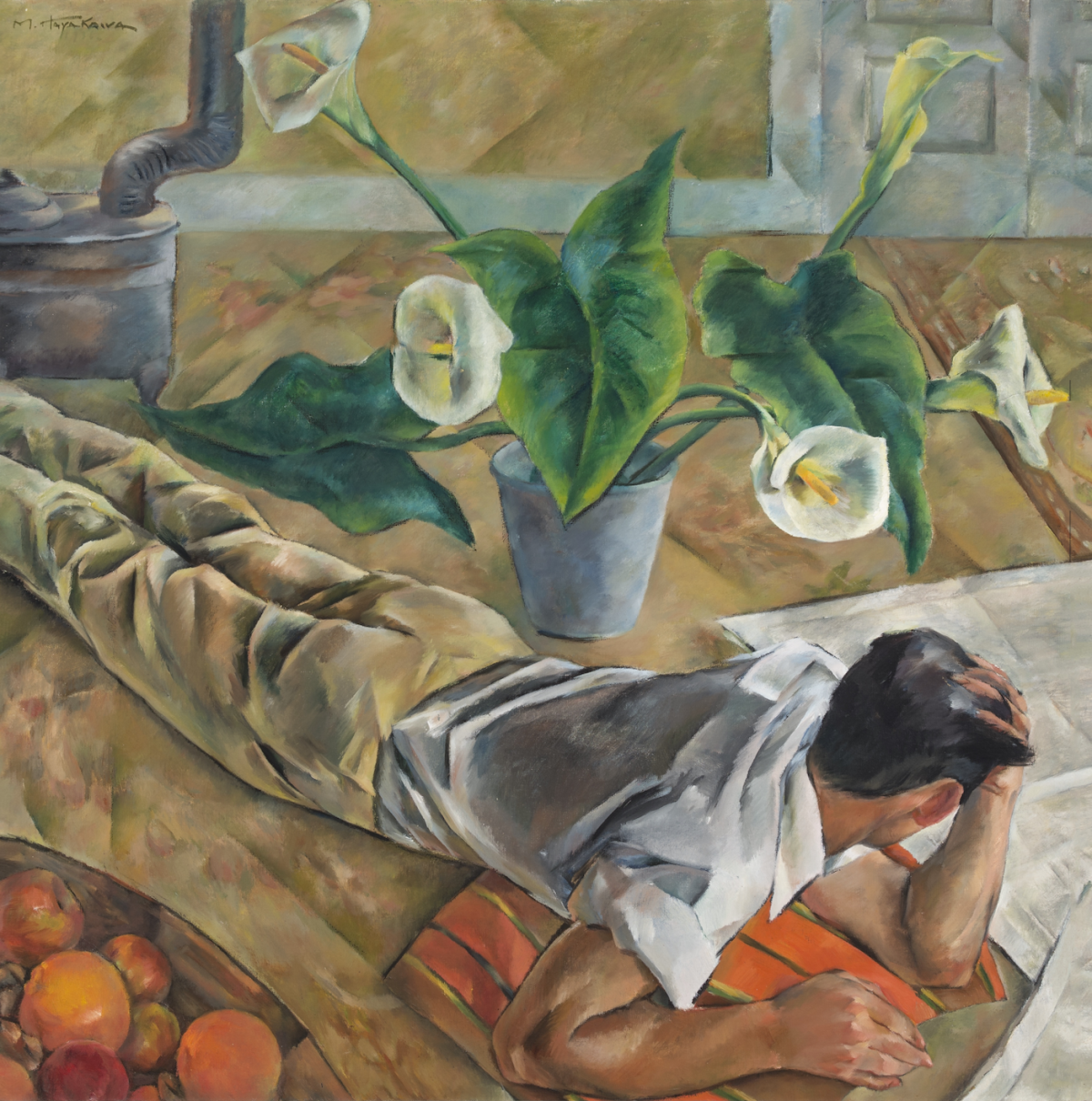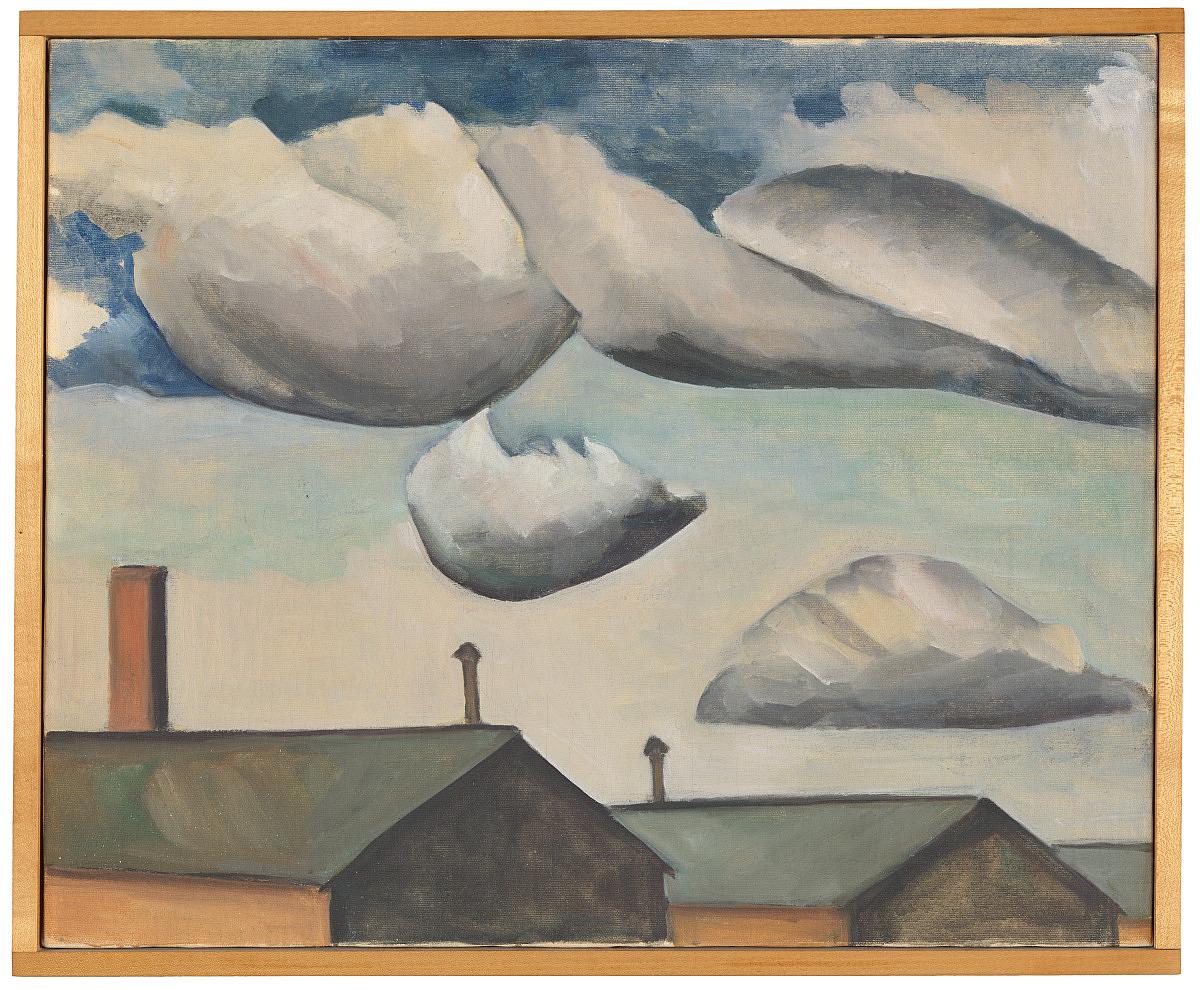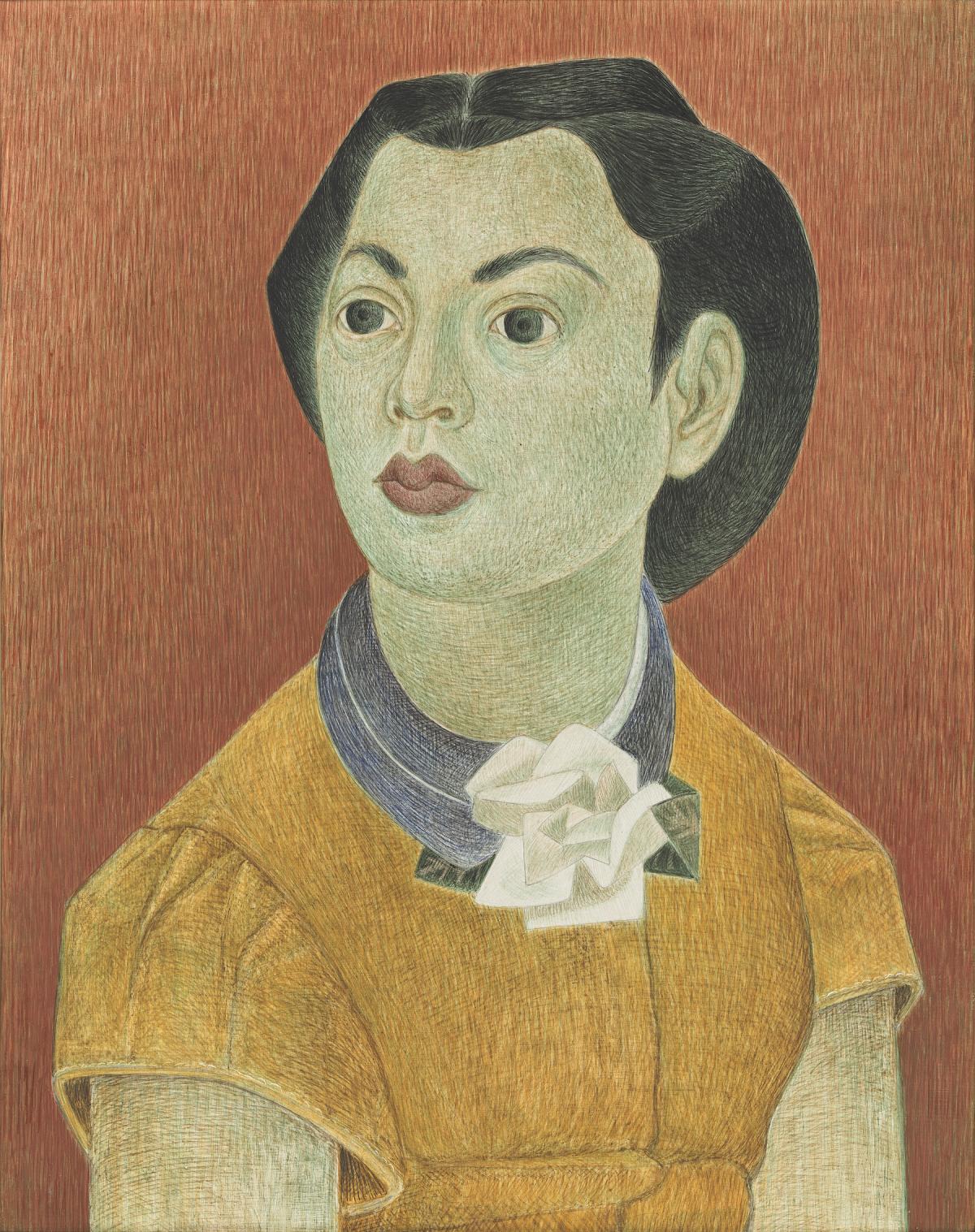Miki Hayakawa (1899–1953), Hisako Hibi (1907–1991), and Miné Okubo (1912–2001) were three of the most visible and critically acclaimed artists of Japanese descent working on the United States in the years leading up to World War II. Their careers spanned eight decades and four U.S. states, yet the full extent of their contributions remain underrecognized within twentieth-century American art history. The exhibition Pictures of Belonging: Miki Hayakawa, Hisako Hibi, and Miné Okubo asserts their place in the story of modernism and reveals a broader picture of the American experience by presenting their artworks and life stories in dialogue with each other for the first time.
Hayakawa, Hibi, and Okubo were part of a vibrant and diverse art scene that emerged in the San Francisco Bay Area between the World Wars. Hayakawa and Hibi, immigrants from Japan, met in the 1920s at the California School of Fine Arts in San Francisco, where both women studied oil painting. Okubo moved from Southern California to Berkeley in the mid-1930s and completed her bachelor’s and master’s degrees in art at the University of California.
The prolific careers of Hayakawa, Hibi, and Okubo are remarkable considering that they lived through the Exclusion Era (1882–1965), a period characterized by U.S. laws that restricted immigration, prevented Asians from becoming naturalized American citizens, and contributed to the mass displacement and incarceration of Japanese Americans during World War II.
The bombing of Pearl Harbor in 1941 led to President Roosevelt issuing Order 9066, and all three artists were forced from their homes in California. The federal government imprisoned Hibi and Okubo in incarceration camps, first in California and then in Utah; Hayakawa relocated to New Mexico. Yet all three remained committed to making art, their creative work a vital means of navigating their experiences and building bonds of community.
By tracing the artistic development of Hayakawa, Hibi, and Okubo before, during, and after World War II, the exhibition offers the first nuanced and in-depth view of how each developed a distinct painting style. Hayakawa, who died young at age 53, displayed a special affinity for painting people early on and was known for her sensitive, luminous portraits. Hibi, over time, evolved from painting landscapes and still lifes to creating symbolically freighted canvases activated by abstract marks of color. Okubo, best known for her 1946 graphic memoir of wartime removal and incarceration, Citizen 13660, operated within the mainstream of American social realism in the 1930s, but turned to bold color, simplified forms, and whimsical images of children and animals in later years. Collectively, their art, produced during tumultuous decades in U.S. history, carry powerful stories of resilience, beauty, and connection.
The exhibition includes works by Hibi and Okubo recently acquired for Smithsonian American Art Museum’s collection, part of a multi-year initiative to expand and enrich the representation of Asian American experiences, perspectives, and artistic accomplishment in public displays and new scholarship.
This story is the first in a series that takes a closer look at Pictures of Belonging: Miki Hayakawa, Hisako Hibi, and Miné Okubo with materials drawn from texts created for the exhibition.





















